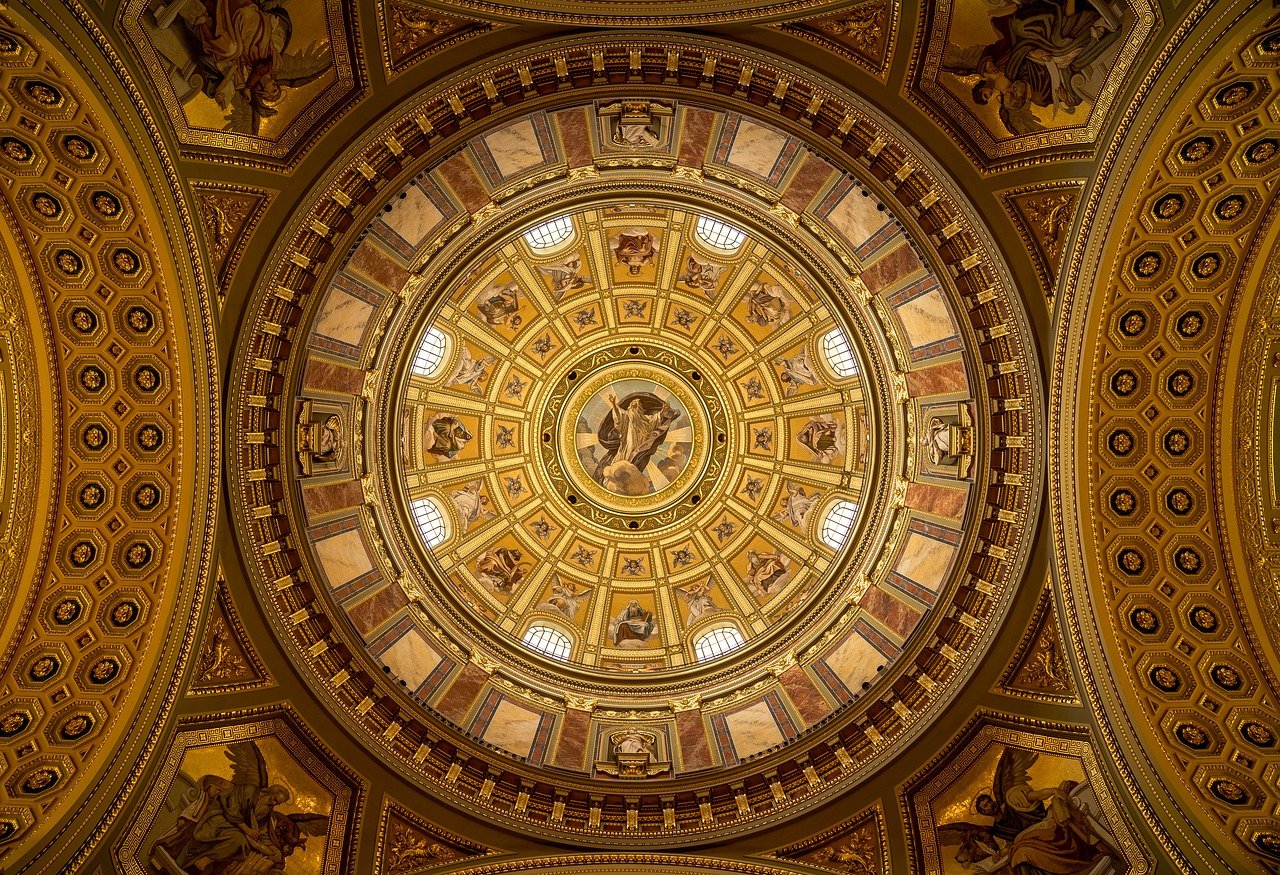Celtic religion encompasses the spiritual beliefs and practices of the ancient Celts, an Indo-European group that reached the peak of their influence and expansion by the 4th century BC. This widespread population stretched from Britain to Asia Minor. However, following the 3rd century BC, the Celts faced a decline and fragmentation, culminating in the loss of their independence in continental Europe with Julius Caesar’s conquest of Gaul between 58–51 BC. While the decline in Britain and Ireland was more gradual, the traditional Celtic culture continually faced challenges from political domination. Today, Celtic languages are limited mainly to certain regions in Ireland, Scotland, Wales, and Brittany, a situation influenced by historical immigration patterns from Britain during the 4th to 7th centuries AD. The tumultuous history of the Celts naturally impacted the preservation and documentation of their cultural and religious practices.
Sources of Information
The understanding of Celtic religion stems from two primary sources: sculptural monuments linked to the Celts in continental Europe and Roman Britain and the surviving insular Celtic literatures that emerged during the medieval period. Each source presents its own interpretative challenges. Most of the monuments, along with their inscriptions, originate from the Roman era, showcasing a significant blending of Celtic and Roman deities. Even when certain figures and motifs seem to have pre-Roman roots, their meanings are often obscure due to the lack of an enduring mythology.
It wasn’t until centuries later, starting in the 7th century in Ireland and even later in Wales, that these mythological tales were recorded in writing. By this time, the regions had experienced Christianization, leading to the documentation being carried out by monastic scholars. Consequently, the literature produced is extensive and diverse yet remains distanced from its original epigraphic and iconographic counterparts on the continent, reflecting the selective choices and Christian influences of its authors. Despite these challenges, it is striking that there are many similarities between the insular literary traditions and the continental evidence, especially highlighted by the writings of Classical commentators beginning with Poseidonius (c. 135–c. 51 BC), who documented their observations of the Celts and their customs.



